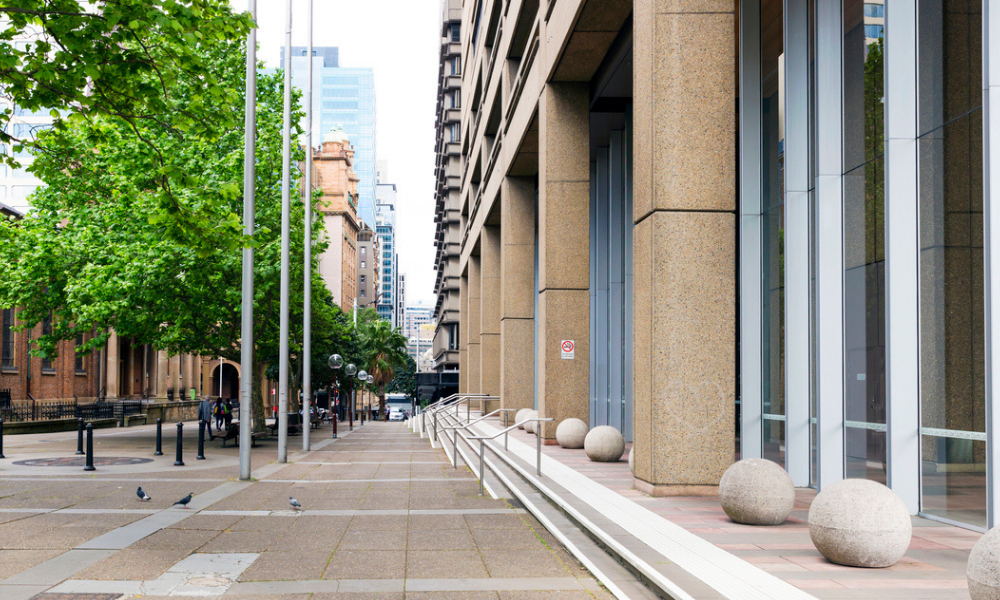
Worker had an accident after work hours – but why was the employer found negligent?

A recent New South Wales (NSW) Supreme Court decision dealt with the issue of an employee who claimed damages after suffering severe injuries while traveling home from his workplace.
The employee claimed that it was caused by “work-induced fatigue.” The employer denied negligence and argued that it implemented a “fatigue management plan,” which begs the question, would an employer be responsible for an injury sustained after working hours if it was due to workplace demands? And more importantly, how would HR know if its procedures are enough to prevent liability?
According to the Supreme Court, the employee worked as an underground coal miner and was the sole occupant and driver of the vehicle when the accident occurred. The single-vehicle collision happened about 259 kilometres from the mine site and was “comparatively closer” to the employee’s home. The employee suffered a traumatic brain injury and several fractures. The Court noted that the incident occurred about two hours and 20 minutes after the employee left the workplace.
The Court said the employee claimed that the “work-induced fatigue occasioned by the nature and conditions of his employment with the company” significantly contributed to his accident.
Moreover, the employee further argued that the company failed to have available precautions to manage the risk of a “fatigue-induced traffic accident” during his journey home over the weekend.
For its defence, the employer argued that even if fatigue was a legal cause, it was not negligent since it implemented procedures to manage and minimize the risks.
The company also disputed the claim that the accident was work-related, saying it was not “satisfied” that factors such as speed or driving conditions had been excluded as the accident’s cause. It further said that the employee should be held negligent, arguing that as the vehicle’s driver, he has an “obligation to exercise reasonable care for his own safety”.
The Supreme Court found the company legally liable in negligence to its employee for damages for the injuries he sustained in the accident. It said that the “fatigue-induced inattention” was a “necessary cause of his loss of control and therefore of the collision.”
The Court explained that even without considering the employee’s fatigue, it was “not satisfied” that the employee’s speed of approach or the condition of the road was the reason for the accident.
“The employer’s duty, to whomsoever it falls to discharge it, is to take reasonable care to avoid exposing his employee to an unnecessary risk of injury and the employer is bound to have regard to a risk that injury may occur because of some inattention or misjudgement by the employee in performing his allotted task,” the Court said in its decision, citing the High Court.
Additionally, the Court also looked into the company’s Fatigue Management Procedure, noting that it was a “crucial document” in the case because it demonstrates that the company recognises the risk of severe fatigue-related injury.
As far as the alleged “fatigue-induced” injury was concerned, the Court said it was “satisfied” that the company’s duty of care extended beyond its employees’ working hours and workplace. The Court reasoned that the employer’s responsibility to oversee the safety of its employees is also due to the nature of the company’s business.
The Court also found that the employer failed to “insist” that the employee submit a personal travel management plan included in the fatigue procedures of the company.
The personal travel management plan, according to the Court, was a requirement for individuals who “drive-in/drive-out” at the start and the end of shift tours that would be reviewed “by the individual’s manager, setting out the ‘controls’ the individual will implement to ensure they present fit for work and not fatigued.”
Had the company required the employee to submit a personal travel management plan, the Court said “an adequate rest break could have refreshed the employee.”
“In this circumstance, he probably would not have suffered the inattention due to fatigue that caused the accident,” the Court said. “He probably would have successfully and safely completed the journey.”
The NSW Supreme Court handed the decision on 30 June. The employer was ordered to pay $1,130,782.28, with 30 percent already deducted due to the employee’s contributory negligence.